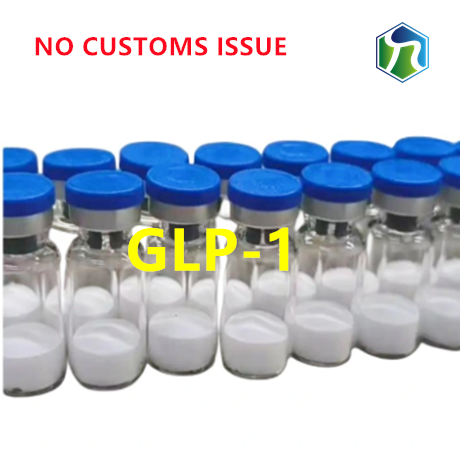
- +86-13363869198
- weimiaohb@126.com

8 月 . 19, 2024 12:29 Back to list
The Uses and Applications of Lidocaine Hydrochloride in Medicine and Dentistry
Understanding Lidocaine Hydrochloride CAS 73-78-9
Lidocaine hydrochloride, with the Chemical Abstracts Service (CAS) number 73-78-9, is a widely used local anesthetic. It is commonly employed in various medical applications, particularly in dentistry and surgery, to numb tissues in a specific area of the body. The compound is also used in some formulations for treating certain heart conditions and managing pain.
Structure and Properties
Lidocaine is classified as an amide-type local anesthetic, which distinguishes it from other categories like ester anesthetics. Its chemical formula is C14H22N2O, depicting a complex structure that contributes to its anesthetic properties. The hydrochloride salt form, as indicated by hydrochloride, enhances its solubility in water, making it easy to administer via injection or topical application.
The mechanism of action of lidocaine is primarily related to its ability to block sodium channels in neuronal cell membranes. By inhibiting the influx of sodium ions, lidocaine prevents the initiation and propagation of action potentials, effectively blocking nerve impulses in a localized area. This action leads to a temporary loss of sensation, which is crucial for various medical procedures.
Medical Applications
Lidocaine hydrochloride has a broad range of applications. In dentistry, it is frequently used to perform procedures such as tooth extractions, cavity fillings, and root canals by providing pain relief to the patient. It is also utilized in dermatological practices for minor surgeries, cosmetic procedures, and the treatment of skin conditions.
lidocaine hydrochloride cas 73-78-9

In addition to its local anesthetic properties, lidocaine is employed in the management of certain types of arrhythmias, particularly ventricular arrhythmias. By stabilizing the cardiac membrane and preventing excessive electrical activity, lidocaine can help restore normal heart rhythm in emergency situations.
Furthermore, lidocaine formulations are used in transdermal patches designed to relieve neuropathic pain and post-herpetic neuralgia. These patches deliver a controlled dose of lidocaine directly to the affected area, providing pain relief without the systemic side effects commonly associated with oral medications.
Dosage and Administration
Lidocaine hydrochloride is available in various forms, including injectable solutions, topical creams, gels, and transdermal patches. The specific dosage and administration method depend on the intended use, the patient's age, weight, and overall health. For instance, dental procedures may require a single injection of 1-2% lidocaine solution, while transdermal patches might provide a sustained release over 12-24 hours.
Patients receiving lidocaine should be monitored for potential side effects, which, although rare, can include allergic reactions, cardiovascular issues, and central nervous system effects like drowsiness or seizures. These risks underscore the importance of proper dosing and administration by trained medical professionals.
Conclusion
Lidocaine hydrochloride (CAS 73-78-9) is an essential agent in modern medicine, providing effective pain relief and facilitating various medical procedures. Its versatility, combined with a favorable safety profile when used appropriately, has cemented its role as a cornerstone in pain management and anesthetic practice. As research continues to advance, new applications and formulations of lidocaine may emerge, further enhancing its utility in clinical settings. Understanding the chemistry, mechanisms, and uses of lidocaine is paramount for healthcare professionals and patients alike, ensuring safe and effective pain management strategies.
-
AI-Optimized CAS: 79099-07-3 Factories for High Yield
NewsAug.01,2025
-
Premium CAS 1451-83-8 Factory with GPT-4 Turbo | AI-Optimized
NewsJul.31,2025
-
Pharmaceutical Intermediates - AI-Optimized Synthesis & Purity
NewsJul.31,2025
-
Top CAS: 79099-07-3 Factories & Wholesale Supplier from China
NewsJul.30,2025
-
High-Quality GS-441524 for White Liquid Type Factories & Suppliers
NewsJul.29,2025
-
High-Quality Pharmaceutical Intermediates for Sale – Reliable Supply
NewsJul.29,2025